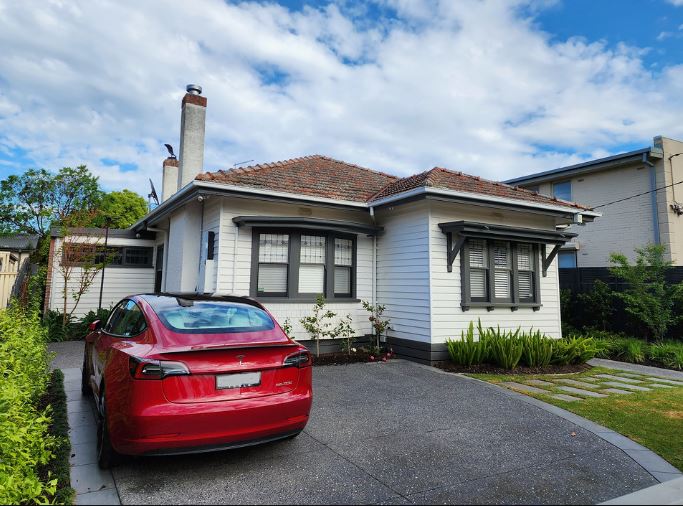 After overcoming the challenge of buying a home, homeowners are occupied with a new assignment: properly maintaining the property. Often, this leads them into unacquainted territory. One example of maintenance that some find challenging is all the upkeep needed for a driveway. To help get the most out of your driveway’s lifespan, let’s go over a few maintenance, upkeep and repair basics.
After overcoming the challenge of buying a home, homeowners are occupied with a new assignment: properly maintaining the property. Often, this leads them into unacquainted territory. One example of maintenance that some find challenging is all the upkeep needed for a driveway. To help get the most out of your driveway’s lifespan, let’s go over a few maintenance, upkeep and repair basics.
First, there are many types of materials used for driveways. Each one has benefits and drawbacks when it comes to maintenance, appearance, environmental impact, etc. To keep things uncomplicated, we’ll go over the top two popular choices: asphalt and concrete. Asphalt, also known as blacktop, is a cost-effective option that’s also quick to install. Although
the lifespan for this material is shorter than others, it can last more than 20 to 25 years when cared for properly. One disadvantage is that, as a petroleum product, asphalt is one of the least environmentally friendly options for a driveway.
Concrete is another frequently chosen material. Its popularity comes from the fact that it is a robust material capable of braving any climate. The lifespan of concrete is up to 40 years, depending on the level of care, and requires relatively little routine maintenance. There’s also an environmental cost to concrete, but it’s not as high as asphalt. Fortunately, there are ways to prevent damage and fight off general wear and tear for both types. One of the principal preventive measures is water control. By minimizing the amount of water penetrating the surface, these materials can be better maintained. Homeowners are encouraged to direct downspouts away from the driveway and into the yard. Likewise, establishing a two- to three-inch protective runoff area around the driveway’s edges could go a long way in preventing damage brought on by water.
Other preventive actions include cleaning it frequently, avoiding chemical de-icers and salt for cement, and being careful when shoveling snow, since scrapes can make the surface more permeable. Of course, no matter how much effort is put into the driveway, cracks and other signs of damage will eventually appear. Some of these can be handled by the homeowner, while others may be difficult to hide, patch or repair yourself.
For instance, most homeowners can seal-coat an asphalt driveway on their own every year. They just need the right supplies and know-how. Larger problems, on the other hand, are a job best left to the professionals. If your concrete driveway starts to sink, repair services should be hired to raise and level it. The same goes for a full replacement. When the driveway has
reached the end of its lifespan, majorly subsided or is otherwise considerably impaired, you should put your trust in the experts.
Want to learn more? Check out the accompanying resource for further information on other types of driveway materials and how to maintain them.
https://www.familyhandyman.com/article/driveway-types/
https://blog.nationwide.com/home/home-maintenance/driveway-concrete-repairs-and-tips/
Infographic created by Foamworx, Offering Professional Foundation Services Little Rock AR


